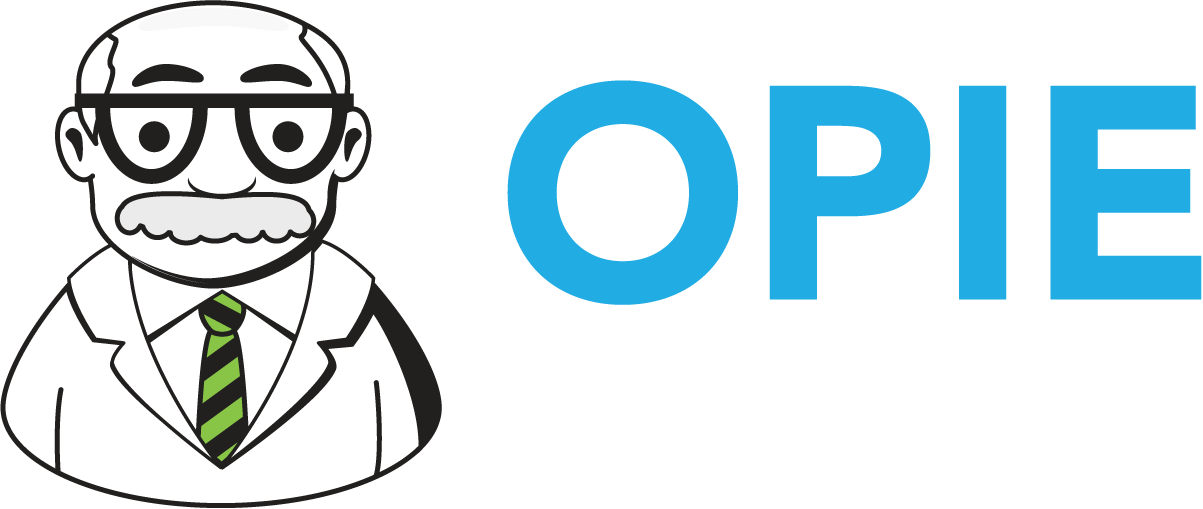When Patients Don’t Pay
In my role at OPIE, I talk to people all day long and I have the opportunity to discuss business trends and current challenges. Topics range from the difficulty in recruiting good staff to poor payment for services. I hear how difficult it can be to manage a practice and I hear about the pressures from all sides, regulatory, financial, human resources, and more. I absolutely understand the struggle. I hear complaints every day about how stingy payers are when it comes to payment for O&P services and I hear about how inflation is driving up the cost of materials. Something’s got to give!
I get to look at data, too. Go to your OPIE Business intelligence and open up the Aging Analysis tool. In the lower right, you are going to see the “Total Amount Due by Insurance Company” graph. I’ll bet you Patient responsibility is in your top 3-4. And I would not be surprised if that dollar amount is over $100,000. Well, that’s not insignificant! For giggles, click on the third tab at the bottom, your 120-day analysis tab. Did the patient responsibility portion move higher in the ranking? This is money you are leaving on the table!
Often we fear that asking patients for payment will turn them away. Anecdotal evidence suggests that is not true. They stay. Some will even tell you they wondered why you weren’t charging them before! It is true that collecting patient responsibility payments can be tricky, especially in challenging economic times, but it's a crucial aspect of sustaining your practice's health and delivering quality care.
I know of practices that always waited for the final EOB before they began billing the patient for their responsibility. The reason is that you don’t know exactly what they are going to owe until you get the EOB. The problem with that approach is you have already spent the time and money to assess, fabricate and deliver the device. There is little incentive for the patient to pay it, and none of us wants to be a collection agency. the natural progression is to send some bills and then write it off.
Some practices decided they want at least 50% of the patient portion prior to delivery. That is a great start. You still have the final EOB where you can adjust the patient balance based on their prior payments and the final calculation, and at least you got some payment. But collecting that last dollar is hard, and we end up writing quite a bit off.
Others have adopted a policy that says they want payment from the patient before the first part is ordered. Some practices get 100% upfront, some get 50%. These practices require the patient balance be paid in full prior to delivery. Once the EOB is obtained, as necessary, the facility issues a refund to the patient, or bills the balance due. Their rationale is that it is far easier and more reliable to enter a refund than to chase down monies owed. To help you in this, the OPIE Business Intelligence tool “Ins Verif Auth” has a Financial Responsibility tab that shows you which patients are scheduled for delivery and have a balance due.
Remember, a clear and positive approach to payment collection benefits everyone: your staff feels empowered and supported, your patients understand their financial responsibility, and your practice remains financially stable. Equip your team with communication skills, empathy, and knowledge of your financial policies to approach challenges effectively.

